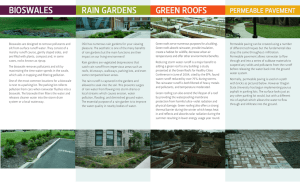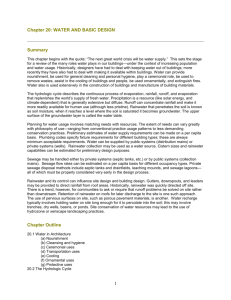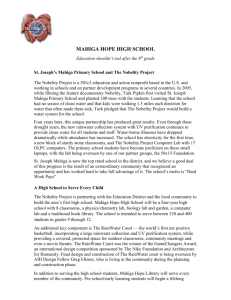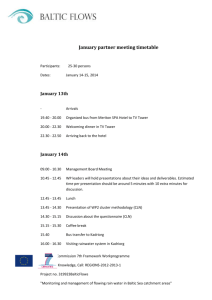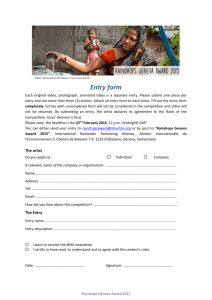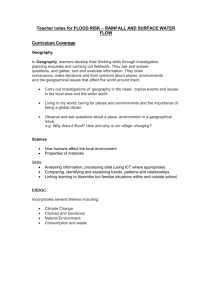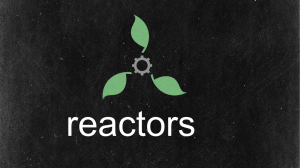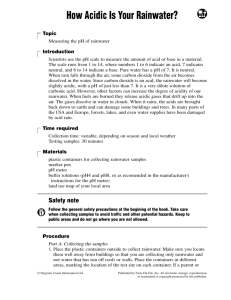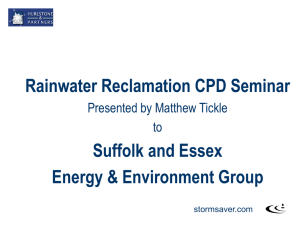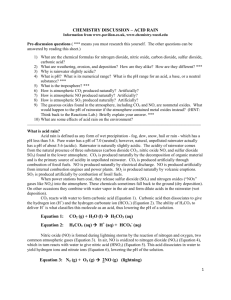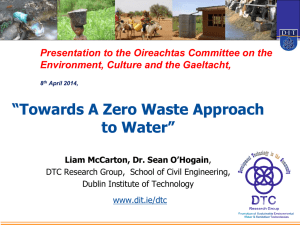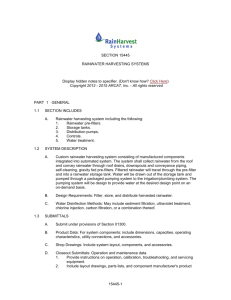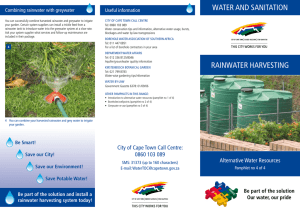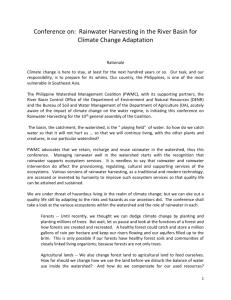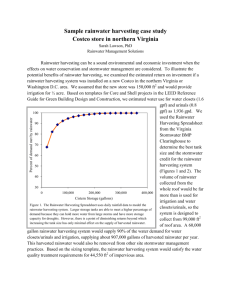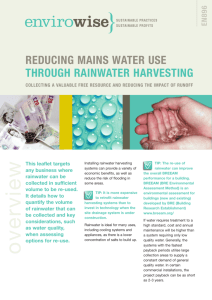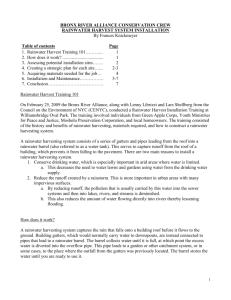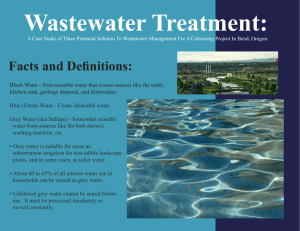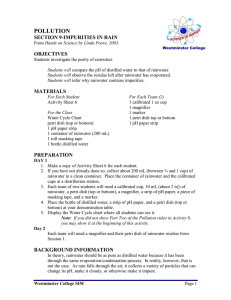Paper - Information Technology Services
advertisement
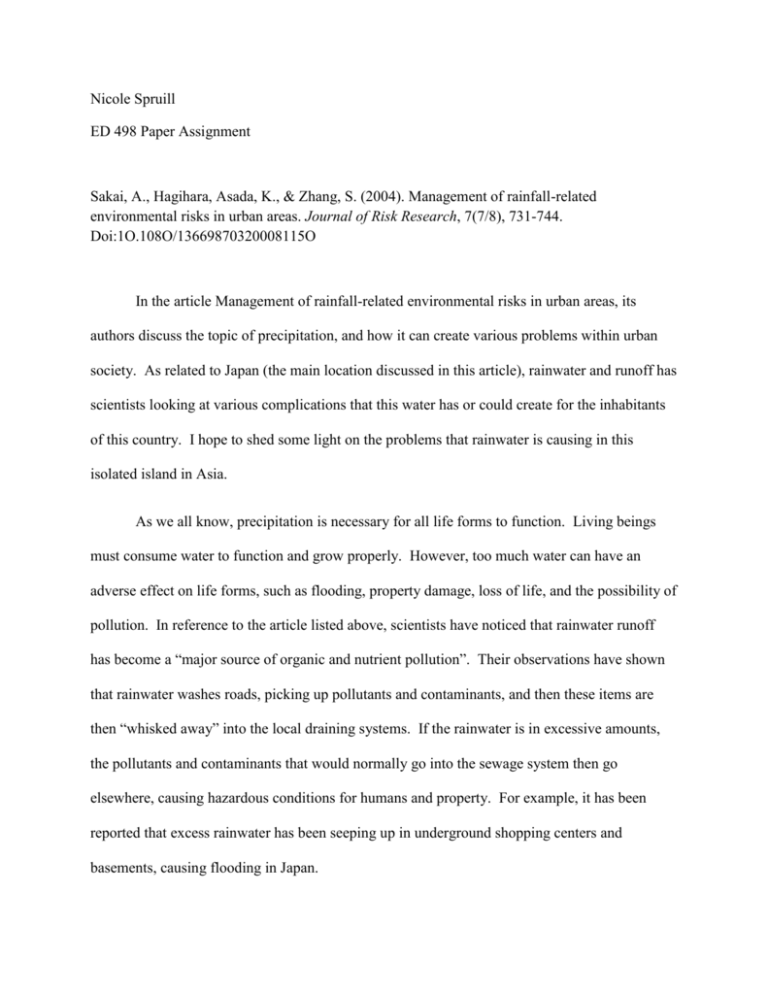
Nicole Spruill ED 498 Paper Assignment Sakai, A., Hagihara, Asada, K., & Zhang, S. (2004). Management of rainfall-related environmental risks in urban areas. Journal of Risk Research, 7(7/8), 731-744. Doi:1O.108O/13669870320008115O In the article Management of rainfall-related environmental risks in urban areas, its authors discuss the topic of precipitation, and how it can create various problems within urban society. As related to Japan (the main location discussed in this article), rainwater and runoff has scientists looking at various complications that this water has or could create for the inhabitants of this country. I hope to shed some light on the problems that rainwater is causing in this isolated island in Asia. As we all know, precipitation is necessary for all life forms to function. Living beings must consume water to function and grow properly. However, too much water can have an adverse effect on life forms, such as flooding, property damage, loss of life, and the possibility of pollution. In reference to the article listed above, scientists have noticed that rainwater runoff has become a “major source of organic and nutrient pollution”. Their observations have shown that rainwater washes roads, picking up pollutants and contaminants, and then these items are then “whisked away” into the local draining systems. If the rainwater is in excessive amounts, the pollutants and contaminants that would normally go into the sewage system then go elsewhere, causing hazardous conditions for humans and property. For example, it has been reported that excess rainwater has been seeping up in underground shopping centers and basements, causing flooding in Japan. In order to remedy this issue, the Japanese are turning to technology to find solutions. The country and its inhabitants are well known as water conservationists, and do not rely on rainwater for its drinking water due to the pollutants and contaminants, scientists are looking at ways to prevent or ease the damage from flooding on property and human life. They have done this by suggesting and implementing several risk management options for this environmental risk. Some such concepts are evacuation training, insurance, government regulations, and technology to assist in addressing possible problems related to rainwater problems. Related to technology and science, the Japanese have meteorology to better forecast heavy rainfalls, engineering to design and build residents that can better handle excess rainwater runoff and flooding, and improvement of drainage basins and filtration. These science based solutions are not something can be implemented immediately or be a complete fix, but they are steps in the right direction that can have a positive impact on the country in the future. Overall, I found this article to contain information that not only affects Japan, but could affect any country, state, county, or town anywhere. Natural phenomenon, such as precipitation (rain and snow), tornadoes, hurricanes, etc., usually bring heavy precipitation, which in turn picks up various pollutants and contaminants that have an effect on the life forms in the region the weather patterns occur. With many areas having the issue of trying to accommodate and evolve with the various weather phenomenon, it is my opinion, that we should turn to science to improve our existing facilities (drainage, filtration, home design, etc.) to better withstand and improve our quality of life. Once again, these changes would not occur overnight; however, sharing scientific data from other countries could help all of us to make improvements pertaining to rainwater runoff and its affects to living beings.
